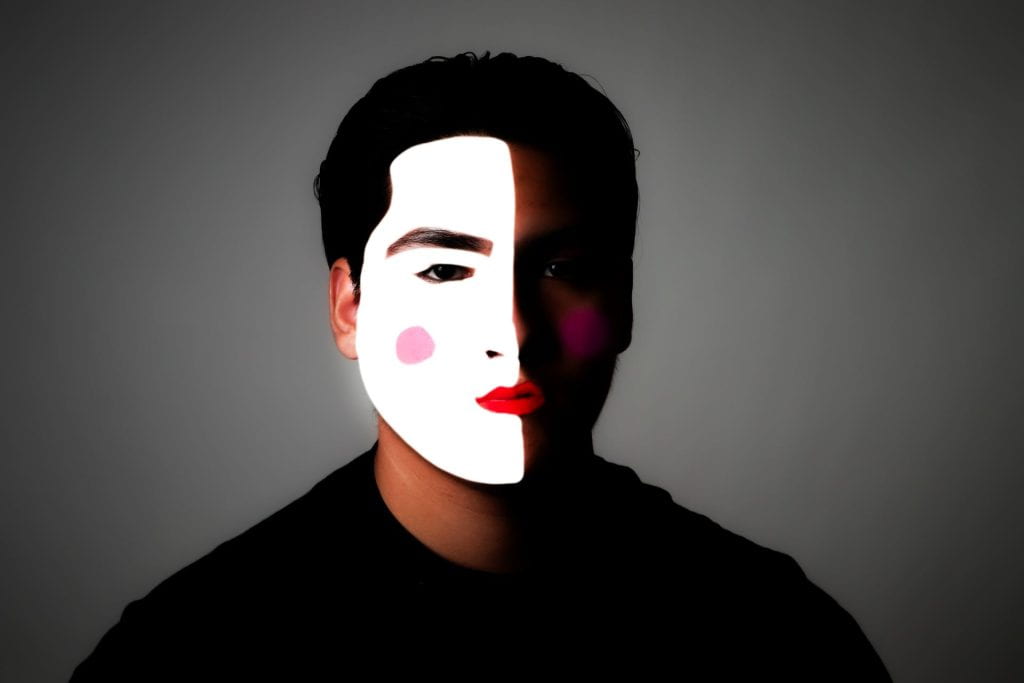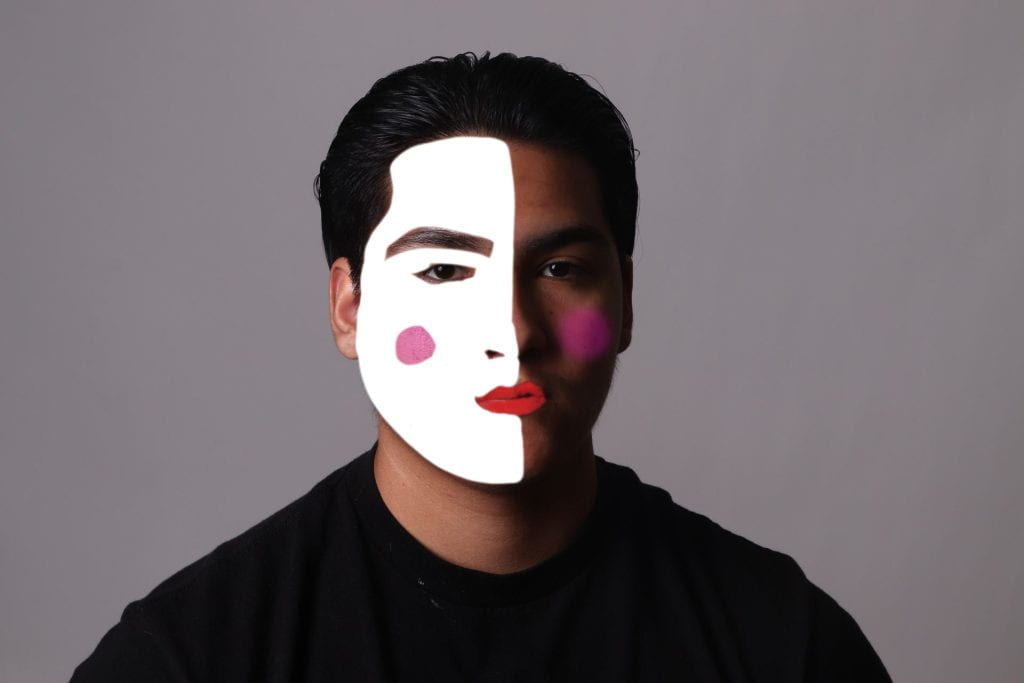
20 Tips for Every Photographer
- Invest in Education Before Gear: While it’s tempting to splurge on expensive camera equipment, understanding the fundamentals of photography is crucial. Take advantage of free resources to learn the art of amazing photography. Learning your craft will attract clients faster and contribute to your business growth.
- Master Basic Camera Settings:
- Aperture: Adjust the aperture (measured in f-numbers) to control the amount of light reaching the sensor. Large apertures (e.g., f/1.4) allow lighter, while small apertures (e.g., f/22) make the image darker.
- Shutter Speed: Determine how long the camera shutter stays open. Fast shutter speeds freeze motion, while slow speeds can create blur.
- ISO: High ISO values make your sensor more sensitive to light, useful for low-light conditions, while low ISO values are better for bright areas1.
- Learn Composition Techniques: Understand the rule of thirds, leading lines, symmetry, and other compositional elements. A well-composed photograph stands out.
- Practice Patience: Great shots often require waiting for the right moment. Be patient and observe your surroundings.
- Experiment with Lighting: Natural light, golden hour, and artificial lighting all offer unique opportunities. Learn to manipulate light to your advantage.
- Understand White Balance: Adjust white balance settings to ensure accurate color representation in your photos.
- Use Tripods and Stabilization: For sharp images, especially in low light or long exposures, invest in a good tripod or use image stabilization techniques.
- Learn Post-Processing: Basic editing skills can enhance your photos significantly. Explore software like Adobe Lightroom or other free alternatives.
- Study Other Photographers’ Work: Analyze renowned photographers’ portfolios to gain inspiration and insights.
- Practice Composition in Different Genres: Experiment with portrait, landscape, macro, and street photography to broaden your skills.
- Pay Attention to Backgrounds: A cluttered or distracting background can ruin an otherwise great shot.
- Capture Emotions: Whether it’s a smile, laughter, or a tear, emotions add depth to your photographs.
- Keep Your Gear Clean: Dust and smudges affect image quality. Regularly clean your lenses and camera sensor.
- Learn to Focus Manually: Master manual focus for precise control over your subject.
- Shoot in RAW: RAW files retain more information and allow better post-processing flexibility.
- Explore Different Perspectives: Change your angle, shoot from low or high viewpoints, and experiment with unconventional compositions.
- Use Negative Space: Sometimes less is more. Negative space can create powerful visual impact.
- Tell a Story: Every photograph should convey a message or evoke an emotion.
- Practice Consistently: Regular practice hones your skills and keeps you sharp.
- Enjoy the Process: Photography is an art form. Enjoy the journey, learn from mistakes, and celebrate your successes!
Barbara Kroger Style

It is my intention for viewers to develop a heightened sense of the amount of stuff they see can have an impact on what they become. it is important to take care of ourselves and see stuff that’s good for us.
Poetry Photography

Letter to Next Year’s Photo Students
Dear incoming students,
Welcome to high school! It’s going to be an amazing experience, although there may be some challenging moments. Your teachers will give you a lot of work, but remember that they genuinely want to help you succeed and grow as both students and individuals. Sometimes it may seem like certain teachers don’t like you, but it’s just their way of showing they care. Don’t hesitate to ask for help if you don’t understand something. You might have some drama with friends that feels like the end of the world, but it usually blows over quickly. It’s okay if it takes time to find your group of friends. In my experience, having familiar faces in class helped, but it also strengthened my bond with them. In this photography class, you’ll develop a connection with both your teacher and classmates. The class is designed to be engaging and enjoyable, so you’ll actually want to attend instead of skipping. The assignments are manageable, especially with the assistance of Ms. Cauchon. Stay consistent with your work and it won’t be difficult at all. Make the most of this class, don’t procrastinate, and cherish every moment because high school flies by.
Surrealism Collage

Buying A Camera
Nikon Z8 Mirrorless Camera

- 8.3K 60p N-RAW, 4.1K 60p ProRes RAW
- Lightweight Design, 30% Smaller than Z9
- 45.7MP FX-Format Stacked CMOS Senso
- 8K30p and 4K120p Video, 10-Bit Internal
- Up to 20 fps Raw, 30 fps JPEG Shooting
- Blackout-Free Real Live Viewfinder
- CFx Type B & SD Memory Card Slots
- 493-Point AF, AI-Based Subject Detection
- 3.2″ 4-Axis Tilting Touchscreen LCD
- 5 GHz Wi-Fi and Bluetooth
- Nikon’s entry into the APS-C mirrorless R system, the EOS R7, combines performance and portability seamlessly. With a 45.7MP CMOS sensor and DIGIC X processing, this device delivers high-speed 30 fps shooting for sports and wildlife photography. The Dual Pixel CMOS AF II focusing system ensures accurate tracking of fast-moving subjects. Moreover, it supports 4K video at up to 60p and Full HD at up to 120 fps, making it a versatile choice for videography as well.
- I selected this camera because I want to capture exceptional videos and also take photos. It is a lightweight and user-friendly camera that I find appealing.
Mirror Imagery

Digital Audio Album Cover

Portraits With Makeup


- Patience is Key
- Creativity
- Humor
- Imaginative
- Have fun with it.